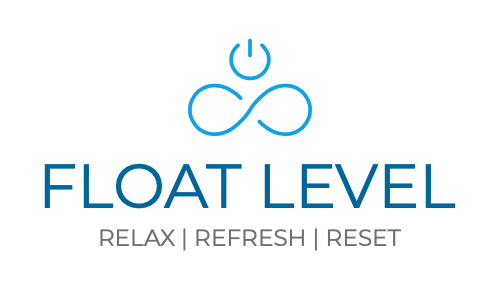Blood Lactate, High Performance And Floating – A Winning Combination
/Ok, so this one may be a little sciencey (if that’s a word) but for you sporty types, gym-goers and anyone involved in any intense exercise, this is a must-read! Performing at your best and ensuring rapid recovery is key to maintaining a high level of execution in whatever discipline you are practising.
According to leading fitness professionals, blood lactate is an important factor in producing high energy levels but an over-accumulation can result in the dreaded “jelly legs”. So what is blood lactate?
Blood Lactate Explained
The production of blood lactate during exercise allows for continued metabolism of glucose, which is important in maintaining energy levels during exercise. As such, blood lactate can be viewed as a source of potential energy in the body. Contrary to popular belief, lactic acid and blood lactate do not actually cause fatigue in muscles themselves. It is when the body does not clear excess blood lactate quickly enough resulting in a more acidic hydrogen ion-rich cellular environment that fatigue sets in. Think about when you stop any form of intense exercise and you can feel your legs stiffen up and weaken. This is because during your workout, you will have exceeded your personal lactic threshold resulting in a build-up of blood lactate. Once you stop exercising altogether you are left with an over-accumulation, which floods your muscles. Everyone has a lactic threshold, which is the point where blood lactate production outweighs clearance during physical exercise. Endurance athletes train very specifically to ensure this threshold is raised as high as possible to make full use of blood lactate as a potential energy source, rather than suffer it as an enemy to high performance.
This is why people talk about intensity levels in training. They need to be monitored and managed to ensure you get a good workout but also that you do not get a build up of blood lactate and you give your body the opportunity to clear out and use all of the lactate produced. For this you need to understand your lactic threshold and create a workout programme around this to manage and raise the point at which production outweighs clearance. However, the nature of intense exercise means you often try to outperform your current endurance levels and push your limits which of course is beneficial overall but will result in an overproduction of blood lactate and the aches and stiffness which come with it.
How Does Floating Fit Into This?
Recent research conducted at the University of Illinois has revealed that floating has “a significant impact on blood lactate (37% reduction) and perceived pain compared with a 1-hour passive recovery session”. This shows that floatation is a valuable tool for those training intensely and with the essential need for faster recovery to maintain optimum performance levels, floating is a proven as well as highly enjoyable method for reducing blood lactate levels, aiding your recovery and keeping you at your peak.
So, those of you out there training for ironmans, marathons or even next season’s 5-a-side team, investigate floating after your sessions and see what it can do for you!
You can book your session online here.

